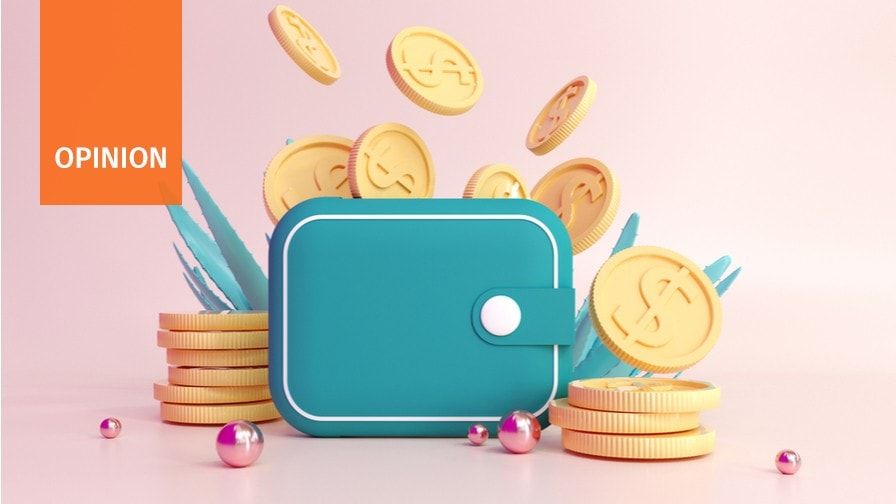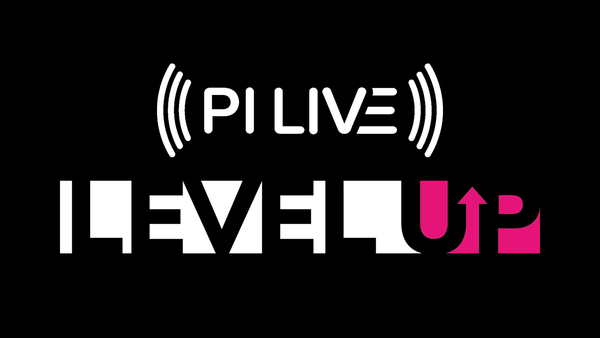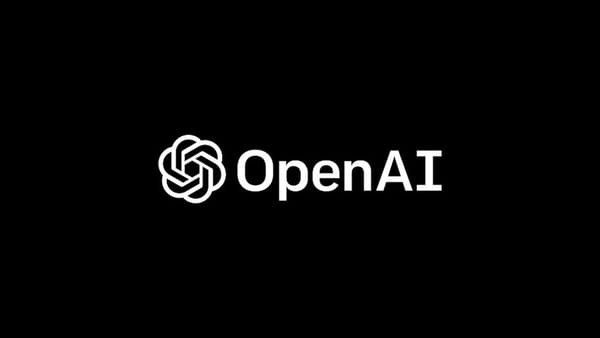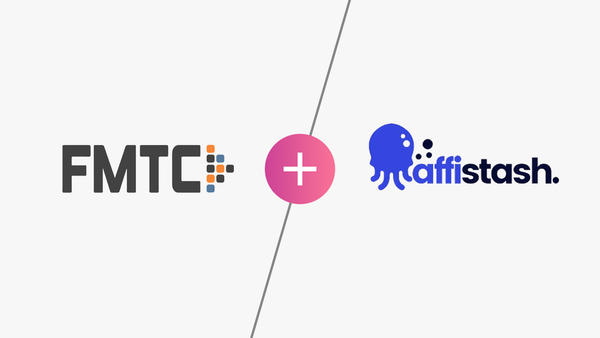As the affiliate industry evolves, advertisers are increasingly working with a broader range of partner types, including non-traditional partners. Buy Now Pay Later partners such as Klarna and Zilch, and FinTech partners such as Plum and Revolut are key examples of this, bringing a fresh set of consumers to the affiliate channel by engaging with a new and younger demographic.
While diversifying the mix of partners on your affiliate programme is key to growth, it’s also important not to forget to engage and nurture your traditional affiliate partners. Cashback is often an integral part of a successful affiliate programme and retains its place as the master of conversion rate, often doubling the conversion rate of other partner types.
This article will share the top five ways cashback partners can maximise ROI for advertisers.
1. User journey placement
Cashback partners have the unique and invaluable ability to harvest users towards the end of their user journey. With consumers becoming ever savvier towards discounts and added incentives, a cashback rate as low as 1% could be enough to sway the consumer towards a conversion, particularly for a more considered purchase such as a holiday or large electrical appliance. Top tips to consider when planning your incentives include:
- Competitiveness– Does your proposition and cashback look attractive vs your competitors?
- Would it entice you to purchase? – Is the proposition attractive in reality vs on paper? We can often get caught up on how the offer looks in terms of ROI vs how it looks from a consumer’s perspective.
- Does the incentive align with your strategic goals? – It’s essential to utilise cashback partners in the most effective way possible and not just focus on revenue and sales.
2. Reach your strategic goals
Cashback partners can aid advertisers with a variety of strategic goals. Share your specific channel goals with the partner to design a unique campaign. Examples of goals cashback partners can support include:
- ‘Increase new customer retention’– Offer a stronger cashback rate to new vs existing customers.
- ‘Increase AOV’– Offer a higher cashback rate when a consumer spends £X amount. This could also be achieved via pushing a stretch and save code i.e., “Spend £X amount to receive X% off.”
- ‘Increase category-specific revenue’– Offer increased cashback on a category of choice. For example, an electrical brand could offer £20 cashback on all cameras to increase sales in that category.
- ‘Increase product-specific revenue’– Offer increased cashback on the product(s) of choice. For example, a fashion brand could offer 10% cashback on a pair of shoes they are looking to increase sales on.
- ‘Increase sales via specific device’– Offer increased cashback when a consumer shops via a particular device.
- ‘Reach users in real-time with flash sale notifications’– Send a push notification to a partners’ in-app users. For example, a travel brand could send information on a one-hour sale on flights to European destinations.
3. Tap into a unique user base
Advertisers are always on the hunt for new consumers. Many cashback partners are established brands with a large and loyal user base. For example, Quidco and TopCashback alone boast a combined user base of 19M+. An excellent example of utilising this database would be a targeted Solus email triggered by a user’s on-site shopping habits. For example, suppose a consumer is browsing for car insurance and doesn’t convert. In that case, they could be targeted with a solus email from another car insurance provider with an exclusive offer.
4. Test campaigns with a low-risk payment model
The affiliate model means that advertisers pay on performance rather than clicks making it a low-risk form of marketing. Cashback partners often go a step further to mitigate this risk, offering paid placements and tenancy on a revenue share basis. This allows an advertiser to attribute a percentage of the commission directly to the consumer (in the form of cashback) with the remaining going to the partner (in the form of tenancy payment). The ability to run a revenue share model will depend on the advertiser’s size and the partner’s flexibility.
5. More than just a cashback partner
Over recent years many cashback partners have evolved their propositions, becoming broader and more advanced with time. Below are examples of new initiatives that have been launched, providing advertisers with the opportunity to reach consumers across the sales funnel:
- In-store cashback- Cashback partners have partnered with top card providers and advertisers to reward consumers when they shop both online and offline. This technology gives advertisers a stronger understanding of how their online and offline activity interacts, meaning strategies can be better informed.
- Comparison tools- Telecoms and Insurance provider rates can now be compared within the site of multiple cashback partners, ensuring consumers receive the best cashback. Advertisers with competitive propositions will naturally benefit from this feature whilst advertisers with lesser propositions will bolster their sales with the added incentive of cashback.
- Toolbars- A somewhat controversial topic, multiple cashback partners have introduced toolbars to increase reach and present consumers with added incentives whilst browsing the web. Whilst some claim these toolbars cannibalise competitor sales; there are ways this can be avoided, such as utilising soft click cookies and preventing the toolbar from showing on sites or traffic sources.
With the news of Quidco being acquired by MoneySavingExpert for a reported £87M (£14M deferred) and TopCashback announcing its expansion to Germany, it’s clear that the cashback space is still growing and shows no signs of letting up. Cashback partners can play an essential role in reaching and converting customers and realising specific advertiser goals.
Advertisers who are willing to test new initiatives and provide compelling offers can work collaboratively with cashback partners to maximise ROI from the affiliate channel.









